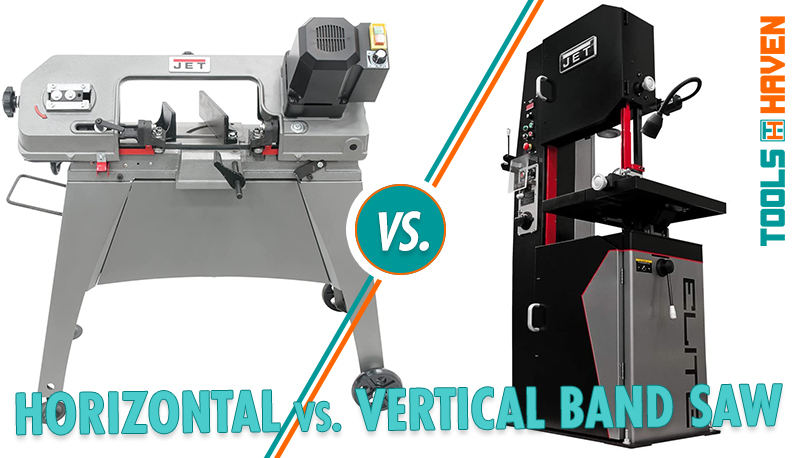For anyone involved in the tree care industry or landscaping, a reliable wood chipper is an essential piece of equipment. Wood chippers come in different sizes, designs, and types. Brush chippers are one common type of wood chipper that is used to handle tree branches, small logs, leaves, and other yard debris. Brush chippers can have different feed rollers, either horizontal or vertical.

Horizontal Feed Rollers
Brush chippers with horizontal feed rollers have a feed chute that tilts down from the chipper's top. Gravitational force pulls the branches down through the chipper blades. This design helps to save energy and fuel as it reduces the amount of effort needed to feed the machine. Horizontal feed rollers can also work well with larger, bulkier material, such as logs.
Another advantage of horizontal feed rollers is their safety feature. When assessing safety, horizontal feed rollers have an advantage in this department as they reduce the risk of the machine pulling the operator's hands, arms or other body parts into the chipper blades. Considering that such accidents are somewhat common in the industry, the level of safety they offer is a vital consideration for arborists and landscapers.
However, horizontal feed rollers have some disadvantages too. For instance, they may slow down the processing speed since the tree's weight has to do most of the job in pushing the material through the chipper. This design is also known for letting branches accumulate in the feed chute. In some models, the feed roller propulsion can have a high maintenance cost due to wear and tear that may result from branches catching and preventing the movement of the rollers.
Vertical Feed Rollers
In contrast, brush chippers with vertical feed rollers have a feed chute that is placed vertically so that the material is lifted into the chipper blades by the rollers. This design can be more efficient when dealing with smaller branches or debris types. The vertical design is also great for use in places where space is a concern since they take up less space than models with horizontal rollers.
Additionally, vertical feed rollers typically require less maintenance compared with horizontal chippers. Modern vertical chippers typically have self-feeding mechanisms, which are reliable in handling twisted and awkward branches. Another advantage is that they better handle the amount of debris they can handle at a time, leading to less accumulation in the chute, leading to less maintenance.
Overall, both horizontal and vertical feed rollers have their pros and cons when it comes to handling yard waste. Arborists and landscapers should consider what type of material they plan to use and the amount of maintenance they are willing to take on, and which equipment they prefer. Although the cost of a vertical chipper may be higher than a horizontal one, it may save you money in maintenance costs over time. Regardless of which model type may seem suitable, always ensure that the machine maintenance is always on standby to improve performance and prolong the chippers' life cycle.